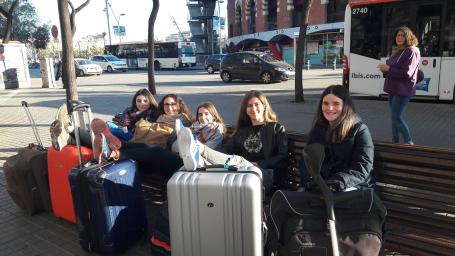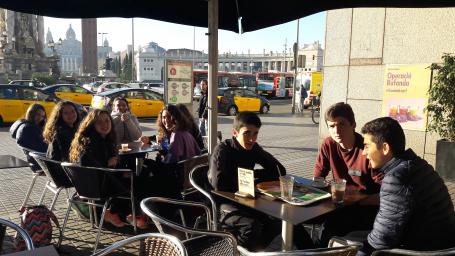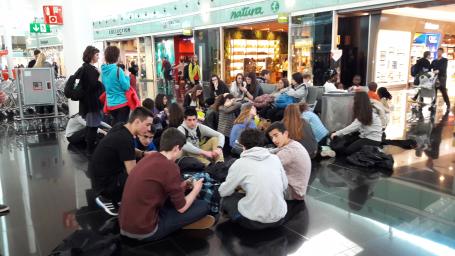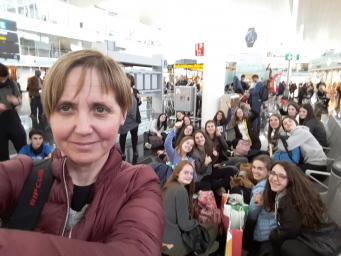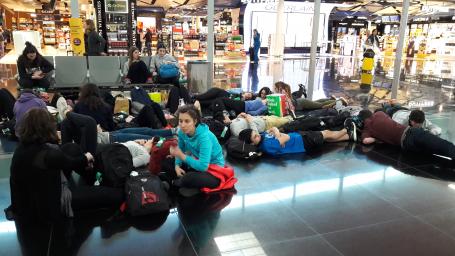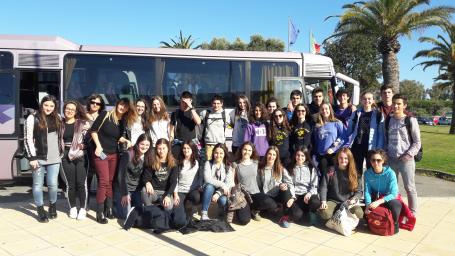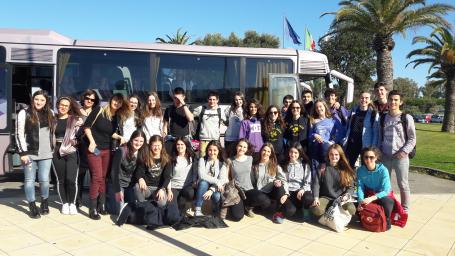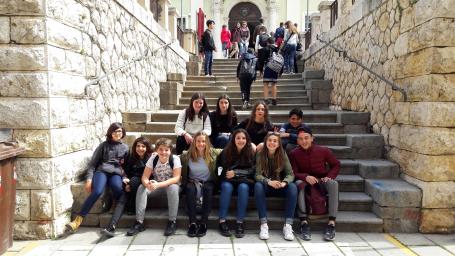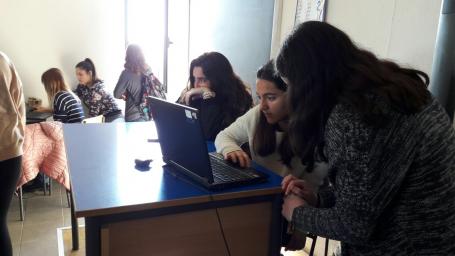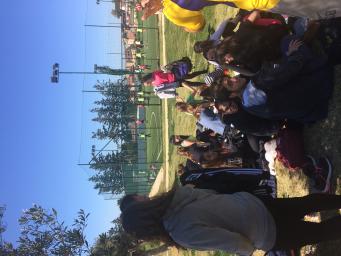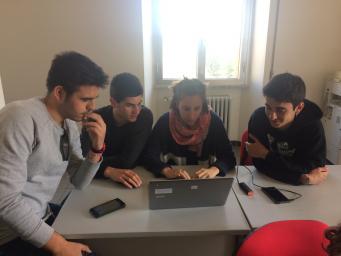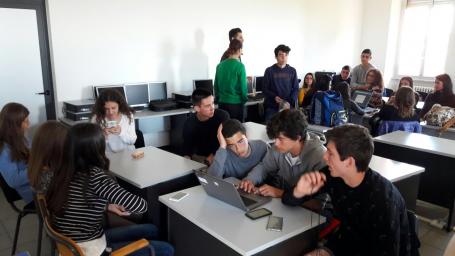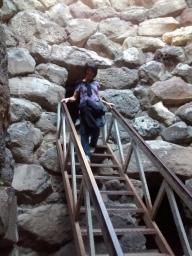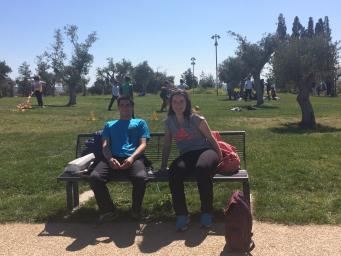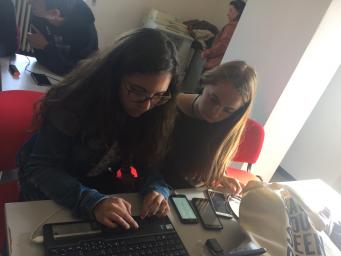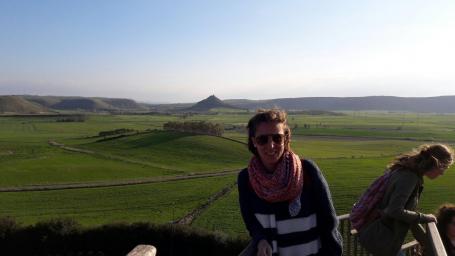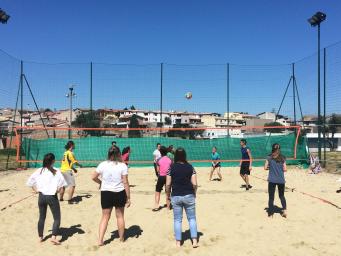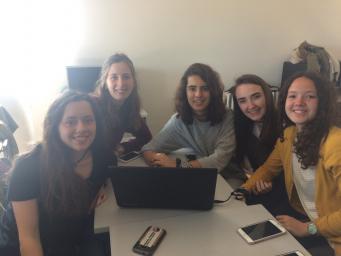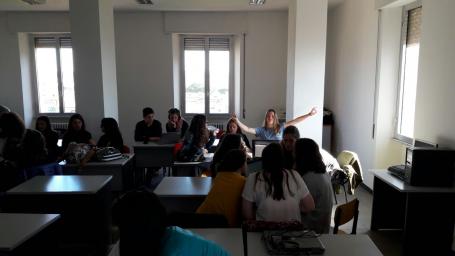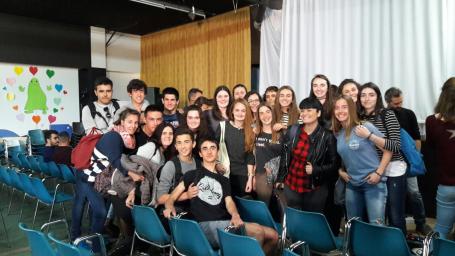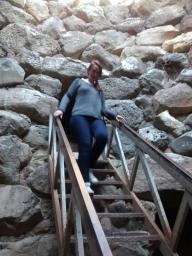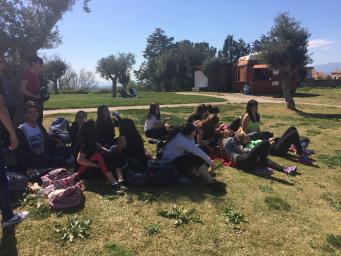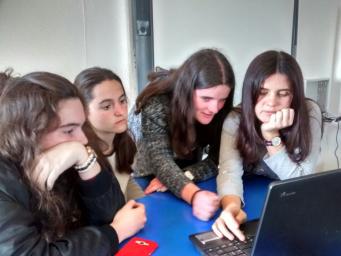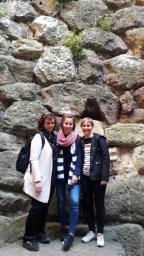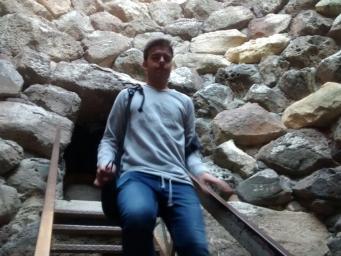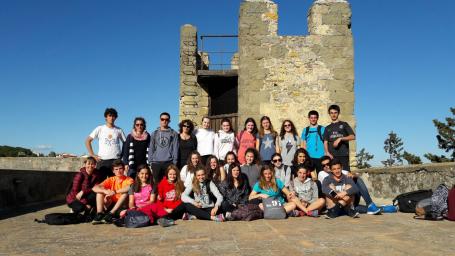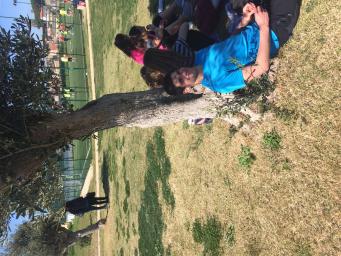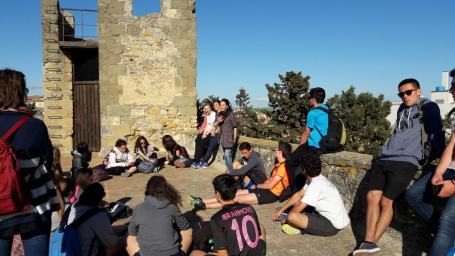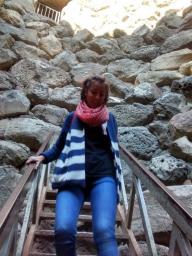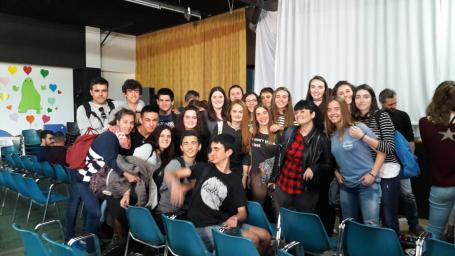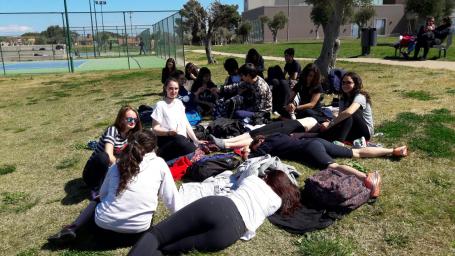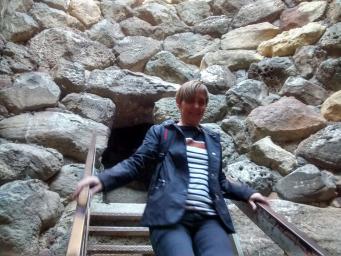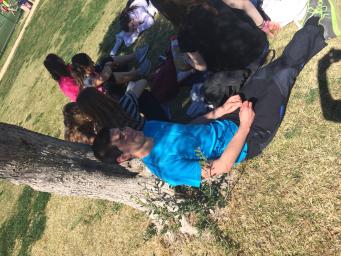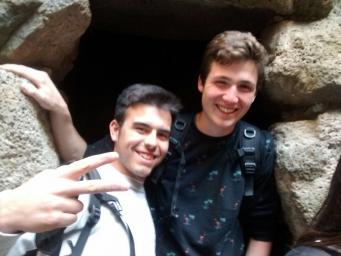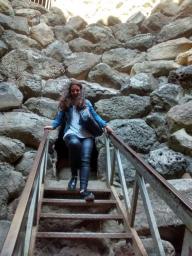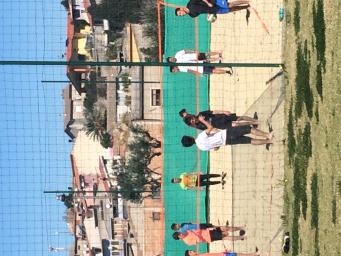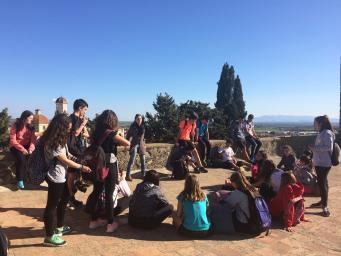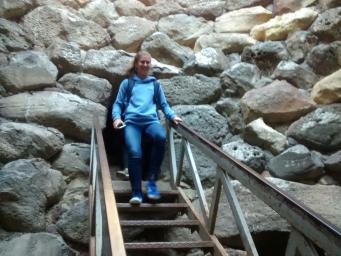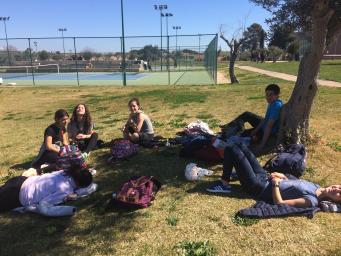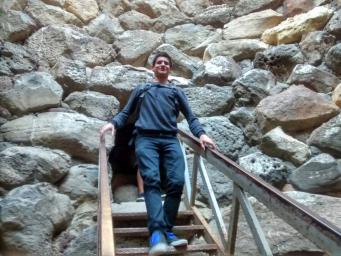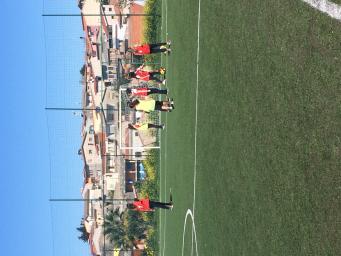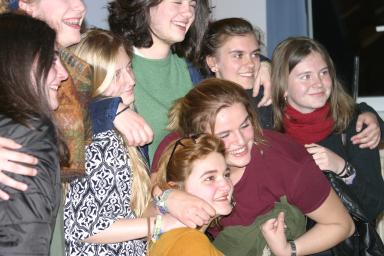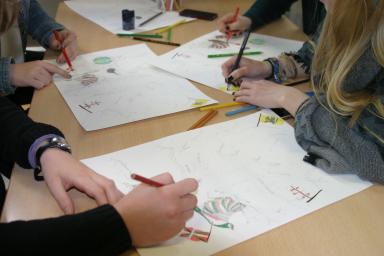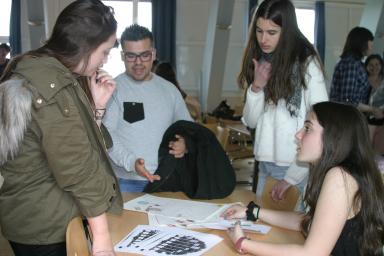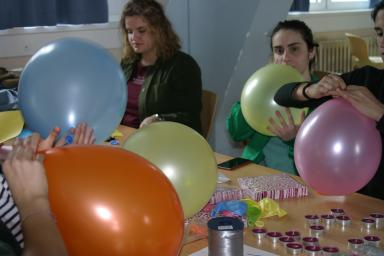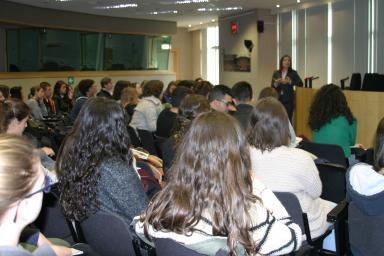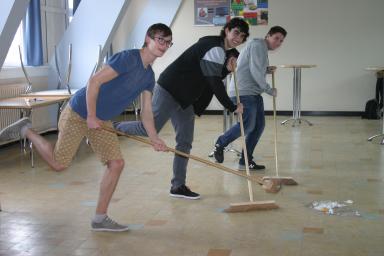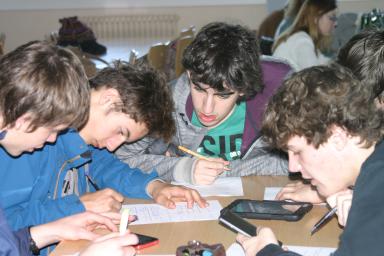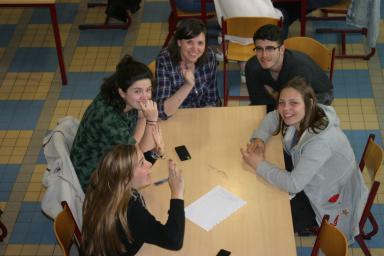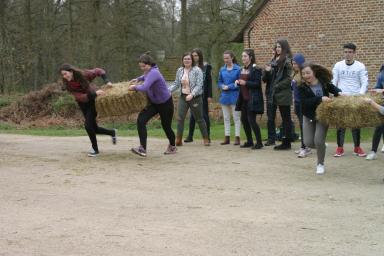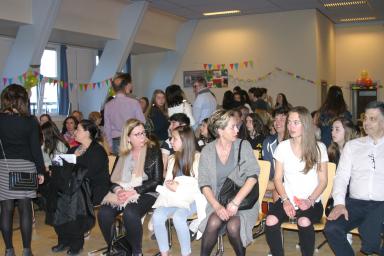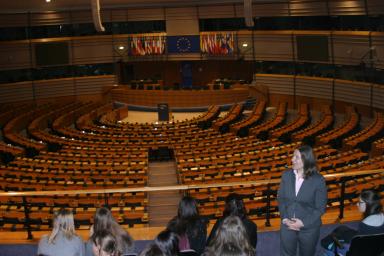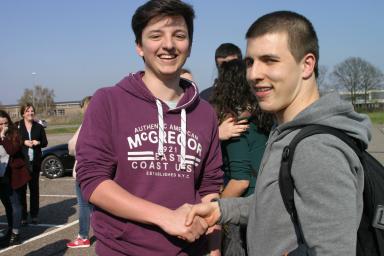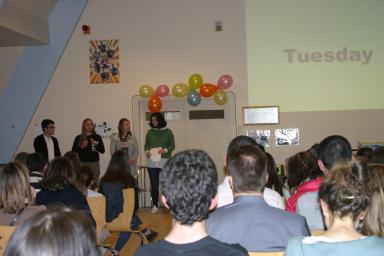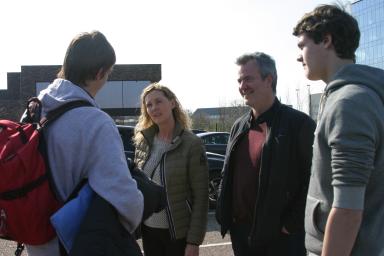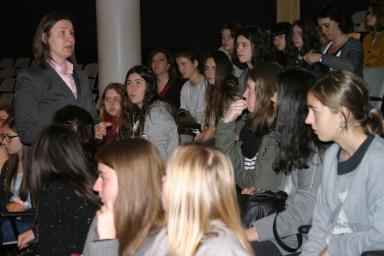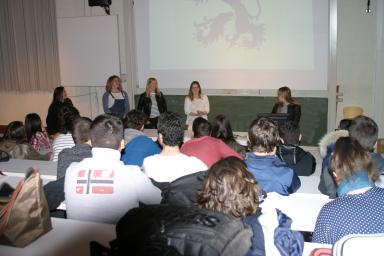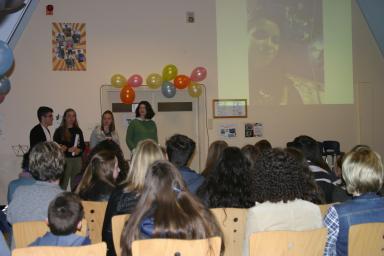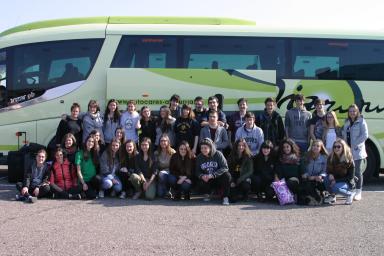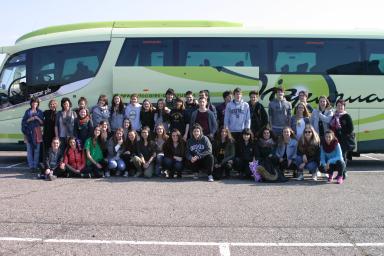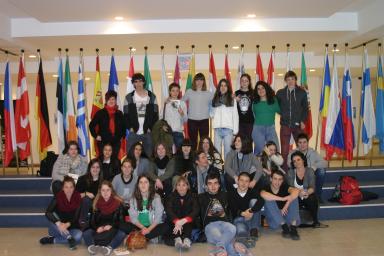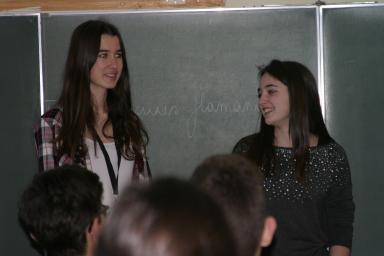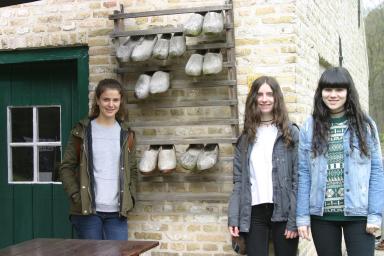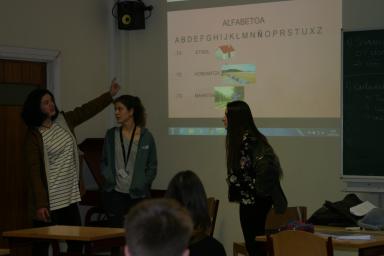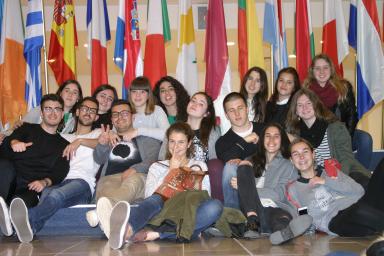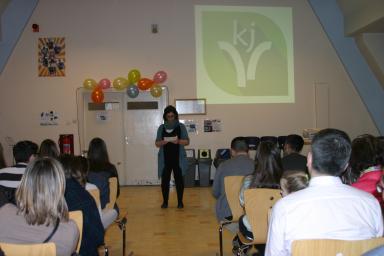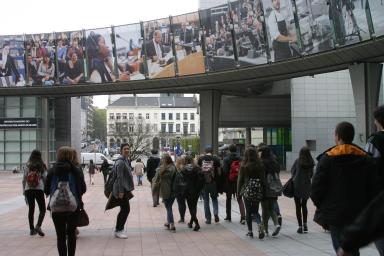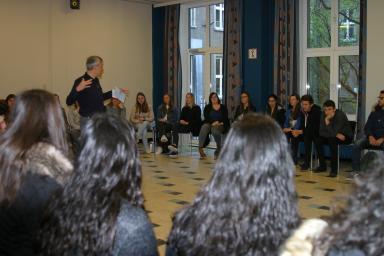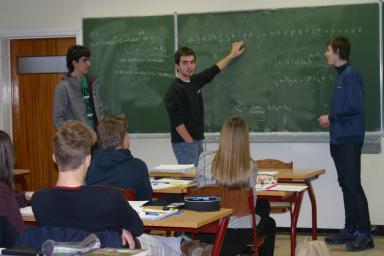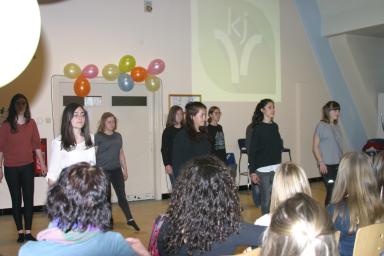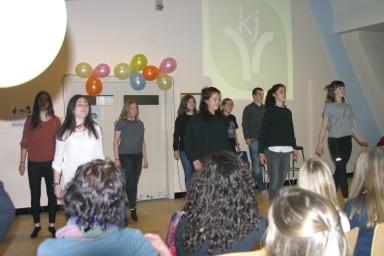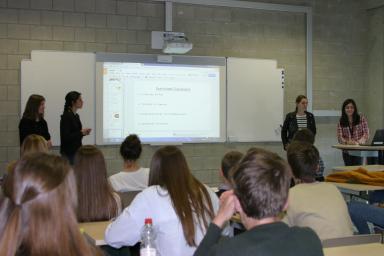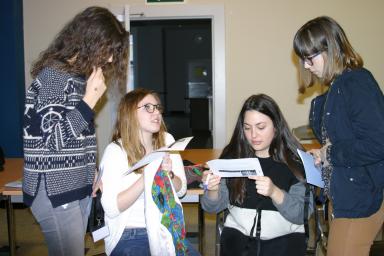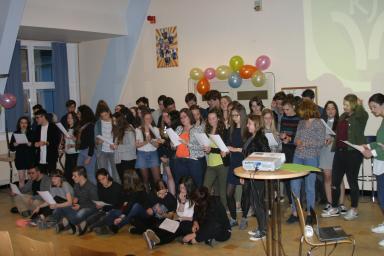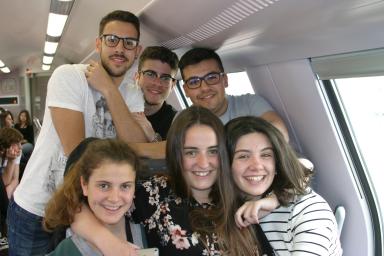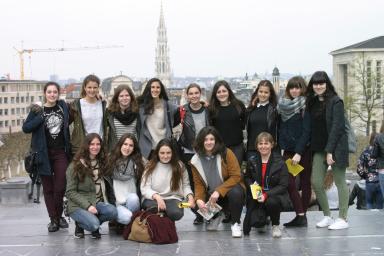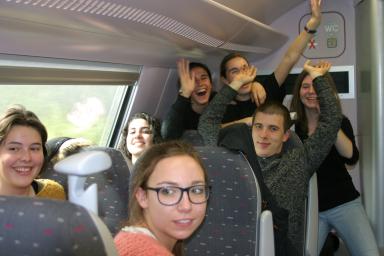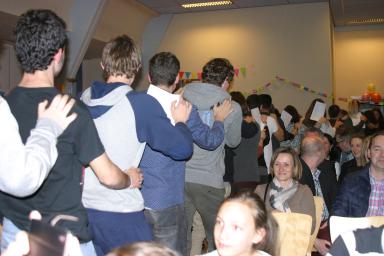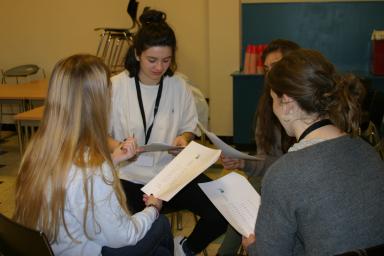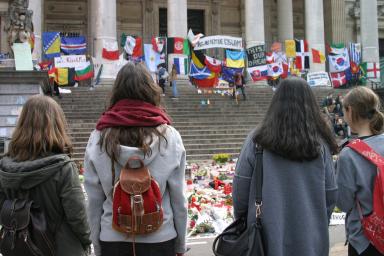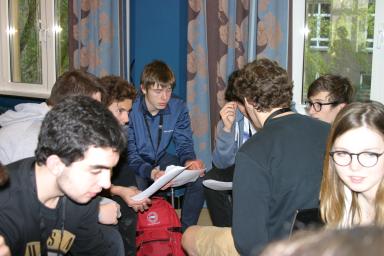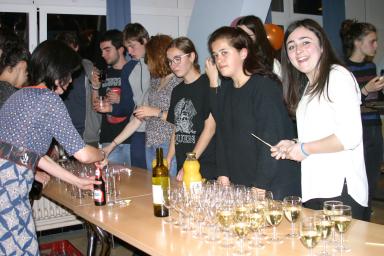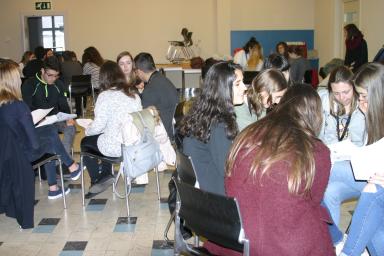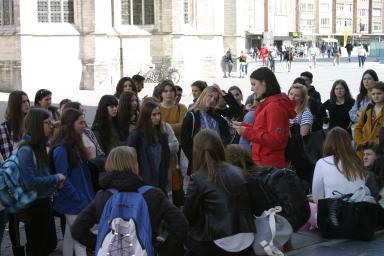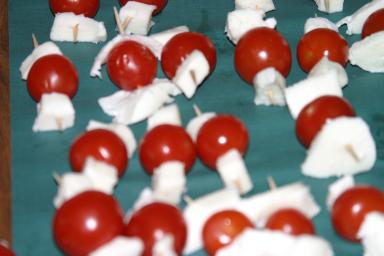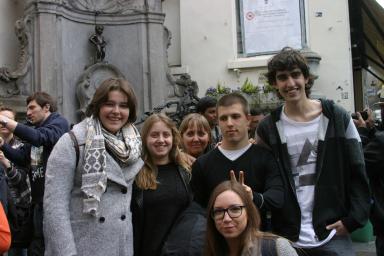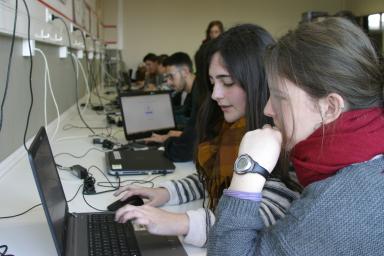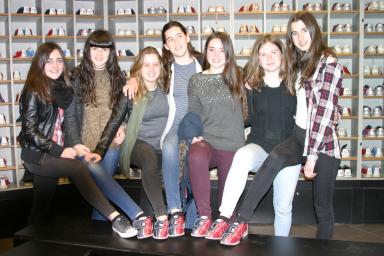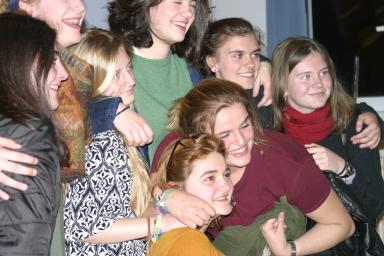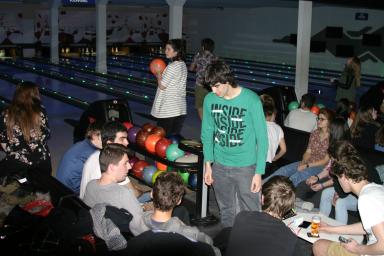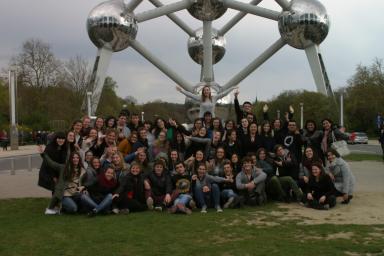ERASMUS+_ENGLISH
 MINORITY LANGUAGES, GOOD TRAVELLING COMPANIONS
MINORITY LANGUAGES, GOOD TRAVELLING COMPANIONS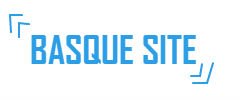
PARTICIPANTS AND CONTEXT:
Three schools have participated in this strategic partnership: the coordinating school was Laskorain Ikastola (Tolosa, Basque Country, Spain) and our two partners were Humaniora Kindsheid Jesu (Hasselt, Flanders, Belgium) and Istituto di Istruzione Superiore San Giuseppe Calasanzio (Sanluri, Sardinia, Italy). A total of 435 students (aged 16-18) have been actively involved in the project and many more have been benefited.
This strategic partnership was established on the basis of a common interest in the issue of minority languages. Basque is the main language in our school and we looked for partners who might learn from our positive experience with Basque and/or who could help our students improve their linguistic and digital competences in a European dimension. Sardinian language is recognized as a minority language in Europe, but unlike Basque, it is still not an academic language at school. Their Government is planning to introduce Sardinian at school in the future and San Giuseppe Calasanzio plans to be one of the first bilingual schools on the island. Belgium is a very interesting country linguistically speaking, as it is officially trilingual, with a different official language (French, Flemish- Dutch spoken in Flanders- and German) depending on the region, although it wasn’t always the case. It has been very interesting to know the ins and outs of the evolution of Flemish.
Another innovative point has been the complete digitalization of the project as we consider ICT collaborative tools indispensable nowadays.
OBJECTIVES: We wanted our students:
1. To improve their linguistic competence in English by giving them the opportunity to get involved in a project with an international and European dimension which has definitely implied using English with a communicative and practical aim.
2. To improve their digital competence by using and creating ICT tools to collaborate with their foreign partners.
3. To know what other minority and/or endangered languages exist in Europe, what their sociolinguistic situation is and what policies are being applied to promote their survival.
4. To increase and help others increase the use of the minority languages at school and in our everyday life, by involving students in a project where some of them could demonstrate and others find out that the flourishing of a minority language is possible and that living in that minority language can come true.
SUMMARY OF PROJECT ACTIVITIES:
a) We organised a logo competition to choose the one that would represent our project.
b) Students prepared slides to introduce themselves to their partner students.
c) We carried out a linguistic quiz among High School students in order to check how much they knew about minority languages.
d) Information and research activities about minority languages in Europe and in the world. Our students elaborated radio programmes on minority languages with the information they had obtained.
e) Students prepared questionnaires for their host families to find out what the real situation of their language was.
f) Students sang and recorded popular songs and then created subtitles in English and the three minority languages using an online application.
g)They created a complete corpus of expressions that any traveller might need, in English and the three minority languages.
TRANSNATIONAL LEARNING ACTIVITIES:
A selected number of students from each school visited the partner schools and carried out an exchange with students there. During those visits, they : a) carried out a survey among the host families to find out about their linguistic reality. b) explained and presented their own situation to students and host families. c) put into practice the sections of the multilingual guide they had prepared before the visits, and they added new expressions to the guide as a consequence of real needs in the foreign country.
IMPACT, DISSEMINATION AND SUSTAINABILITY
We have published all the outputs and findings in our project website (https://sites.google.com/site/3minoritylanguages) and we have carried out a good number of activities to disseminate our results locally, regionally and internationally. We have involved the media (local TV, radio, educative magazines), local and regional institutions and we have of course given punctual information on our school websites.
Collaboration among us in the field of minority languages will continue after the end of the project, and we expect our students to keep online relations as well.





